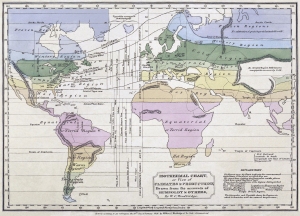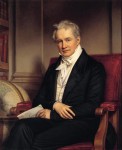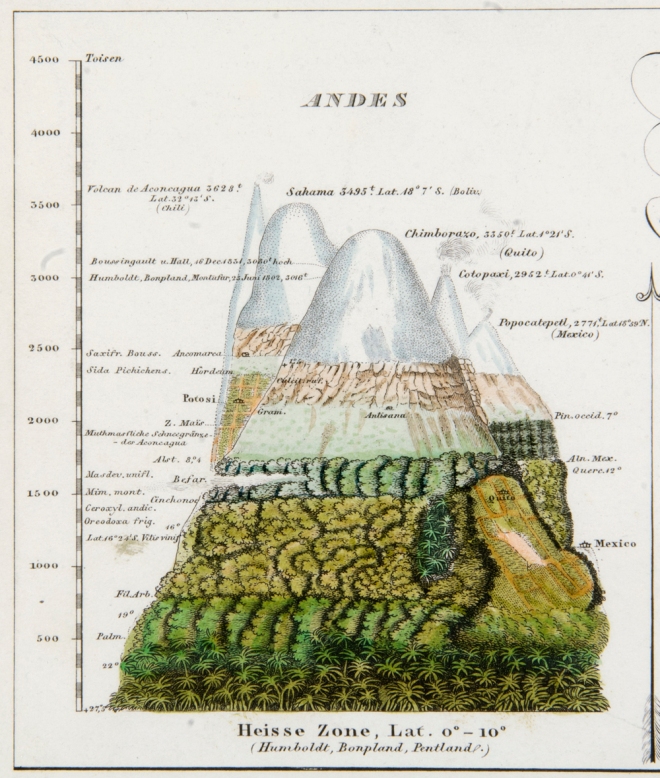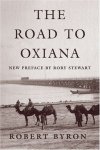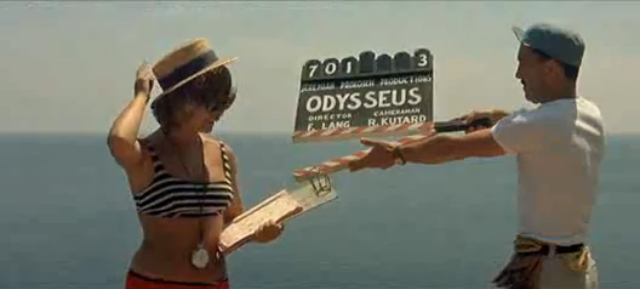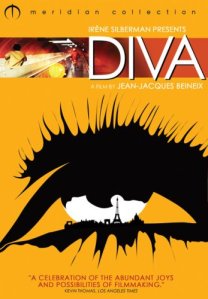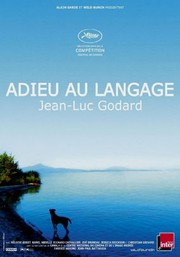 Of course, every generation is convinced that the world is going to hell, that it was better in the past. More and more, I am convinced that this is little more than a dismissal of the complexities of the modern world, and I usually take the moaning about the degradation of morals, the disrespect of the youth of today…etc., with a grain of salt. In my opinion this is just a form of sentimentalism and nostalgia. Also, because of the nature of our modern media, we see violence that happens everyday, in places all around the world, and we are less shocked all the time. Some of us are becoming panicked about our jadedness, and we respond in a wide variety of ways–some good for progress, most bad.
Of course, every generation is convinced that the world is going to hell, that it was better in the past. More and more, I am convinced that this is little more than a dismissal of the complexities of the modern world, and I usually take the moaning about the degradation of morals, the disrespect of the youth of today…etc., with a grain of salt. In my opinion this is just a form of sentimentalism and nostalgia. Also, because of the nature of our modern media, we see violence that happens everyday, in places all around the world, and we are less shocked all the time. Some of us are becoming panicked about our jadedness, and we respond in a wide variety of ways–some good for progress, most bad.
I have a feeling, from what I’ve seen and read in my adult life, though, that humanity is growing and evolving away from the widespread violence that has been taken for granted in the near and distant past. But still, a mere feeling that something is right cannot be defended in any credible way.
I admit I began Steven Pinker’s “The Better Angels of Our Nature” with a bit of confirmation bias because of this feeling. To look for simple reaffirmation of one’s opinions is irresponsible, but it is another thing to gather proof and information to support a position. Pinker is a scientist who has packed his book with hundreds of citations, graphs, quotes, studies, numbers and overall credibility to put forward in support to his suggestion that violence has declined, overall, in modern history.
From women’s essential part in the civilization of the American West, to daily life in Medieval Europe, from child sacrifice to animal rights, with extensive discussions on modern war and tribalism, and with themes such as rape, child abuse, riot behavior, slavery and war, Pinker shows the sum of today’s incidents of violence is a fraction of what it was in the distant past, and less than in the near past. But it is much more complex than that statement, and it would do us well to figure out those complexities.
From the Steven Pinker website:
“Thanks to the spread of government, literacy, trade, and cosmopolitanism, we increasingly control our impulses, empathize with others, bargain rather than plunder, debunk toxic ideologies, and deploy our powers of reason to reduce the temptations of violence.
With the panache and intellectual zeal that have made his earlier books international bestsellers and literary classics, Pinker will force you to rethink your deepest beliefs about progress, modernity, and human nature. This gripping book is sure to be among the most debated of the century so far.”
The Better Angels of Our Nature: A History of Violence and Humanity by Steven Pinker
New York, NY: Viking.




